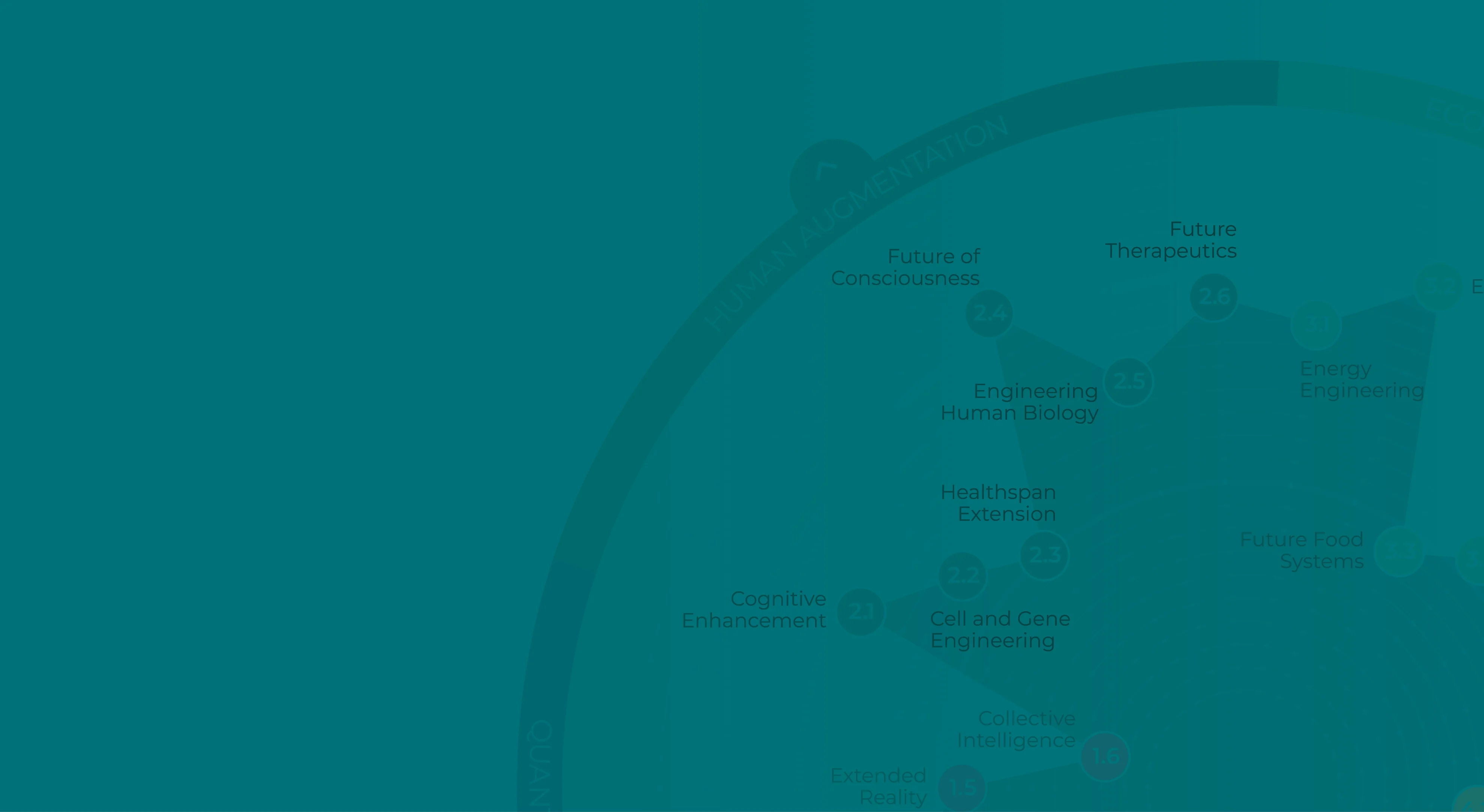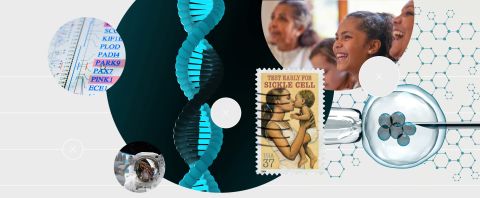It is clear that recent advances in neuroscience and machine learning have ushered in innovations for cognitive enhancement, for example, improving human memory, cognition, and other aspects of consciousness. In the near term, such technologies will treat neurodegenerative disorders and psychiatric conditions that involve significant memory impairments and for which currently no therapies exist. Reading from, and writing to, the brain is becoming increasingly sophisticated — especially as AI research improves our signal-reading capabilities — offering a range of new applications. Human memory augmentation will become increasingly available for enhancement purposes, alongside psychoactive drugs that improve cognitive abilities beyond IQ.









